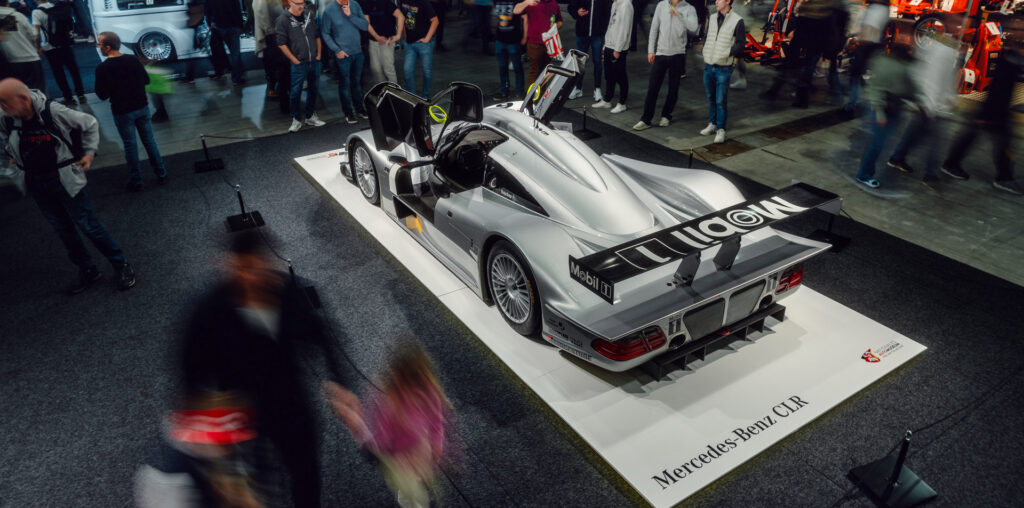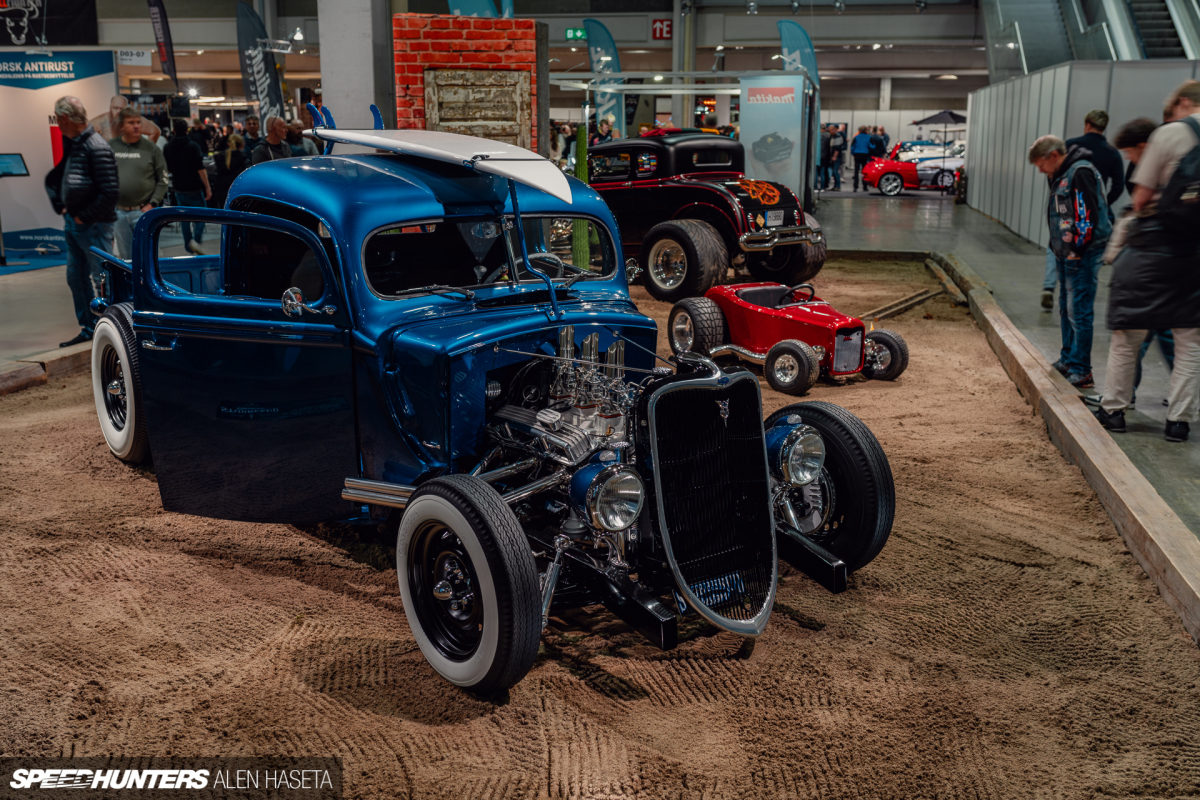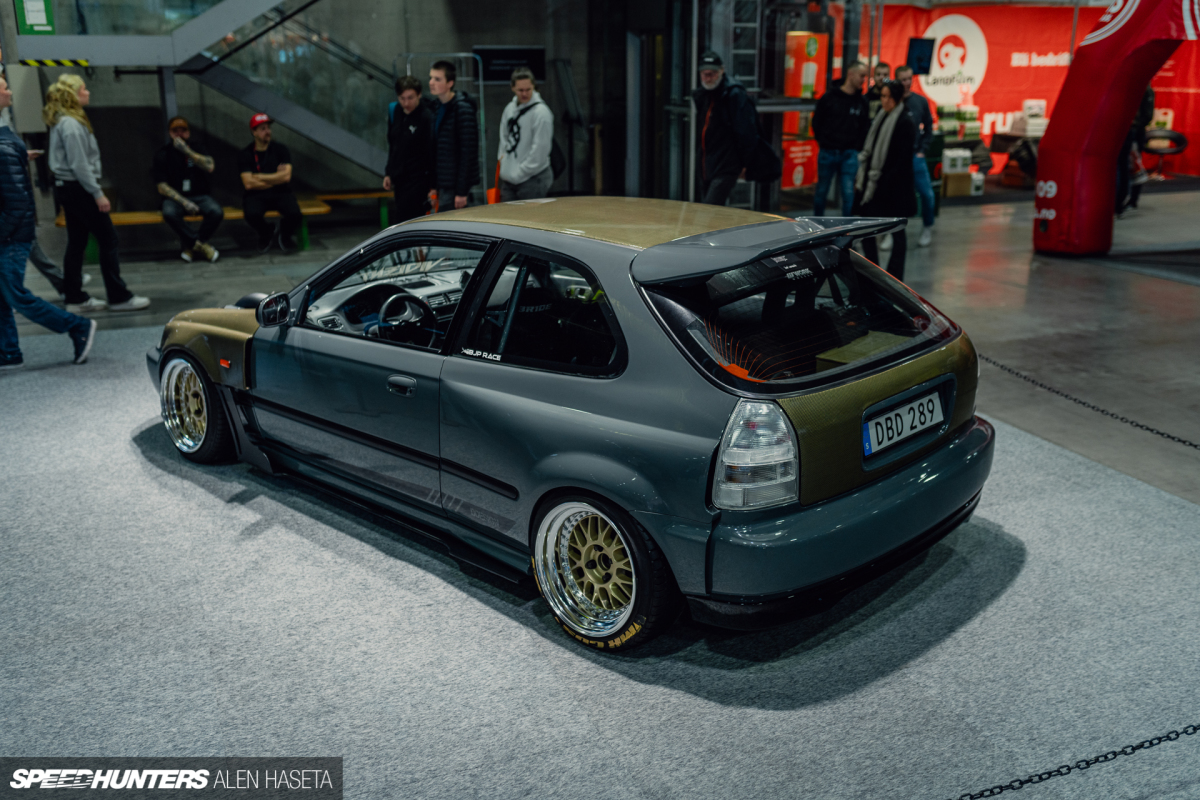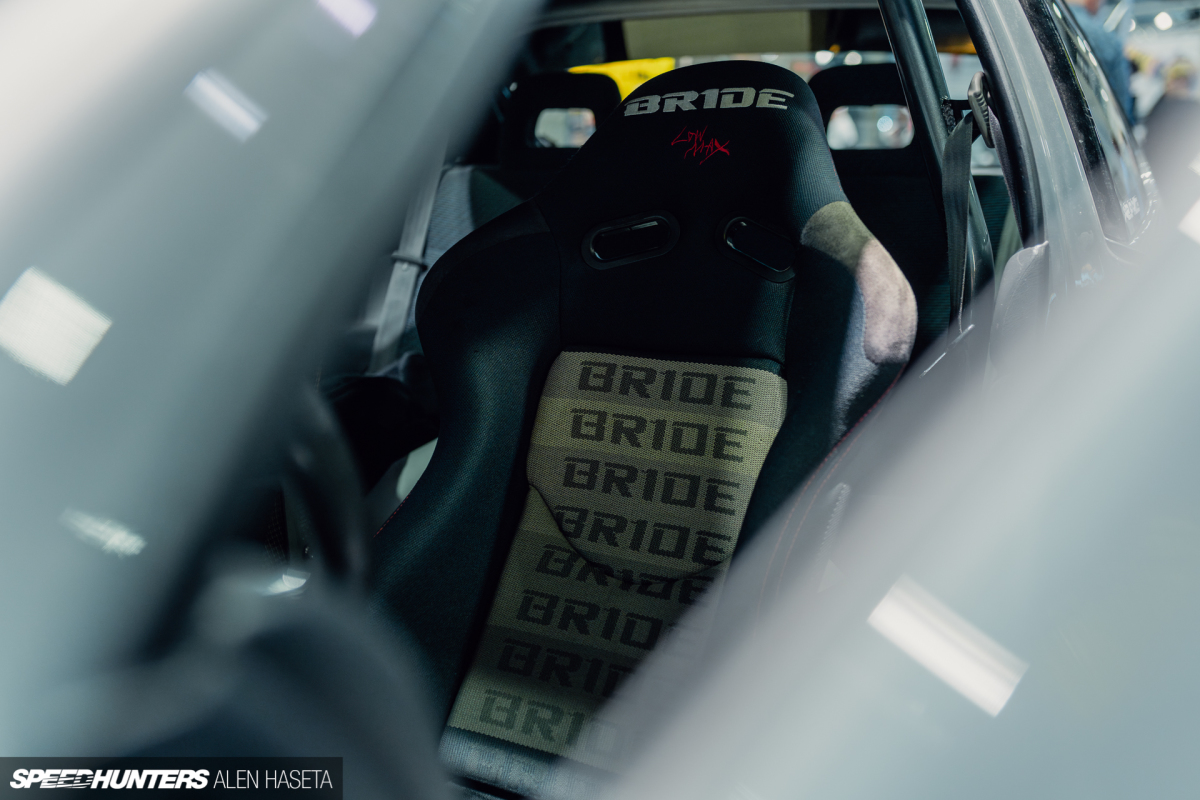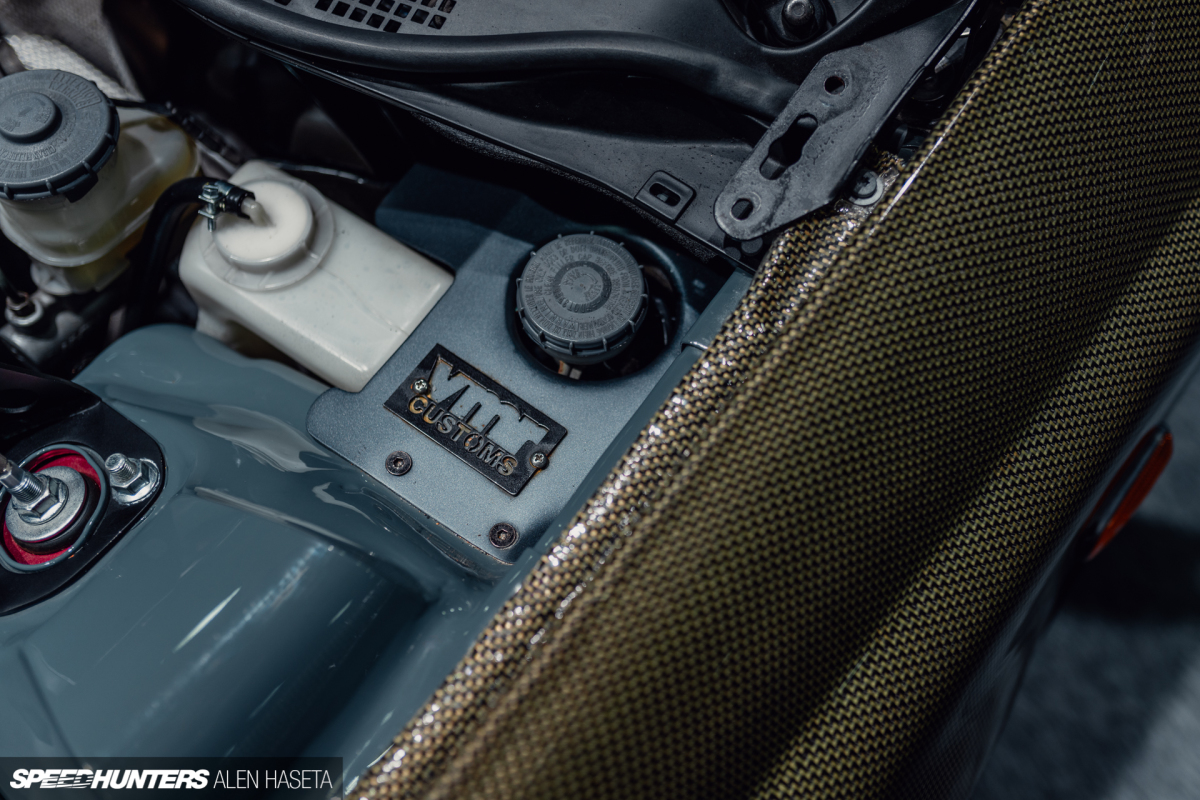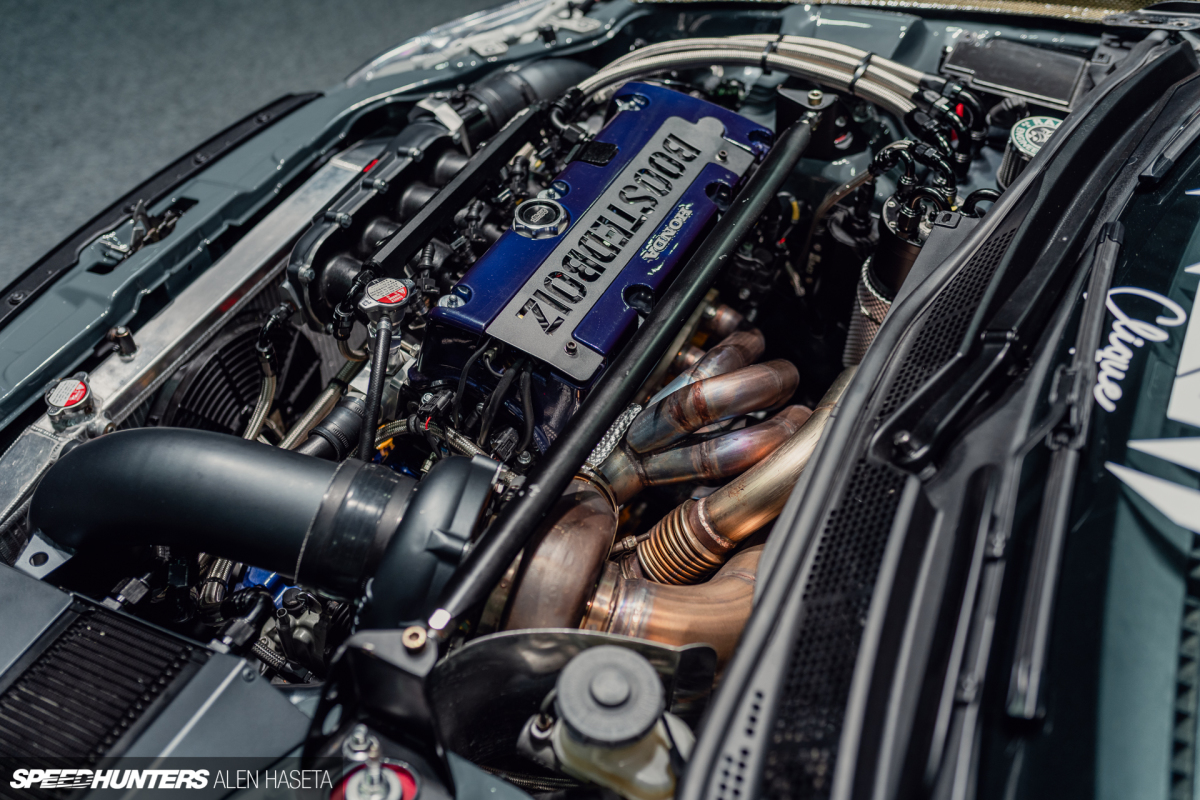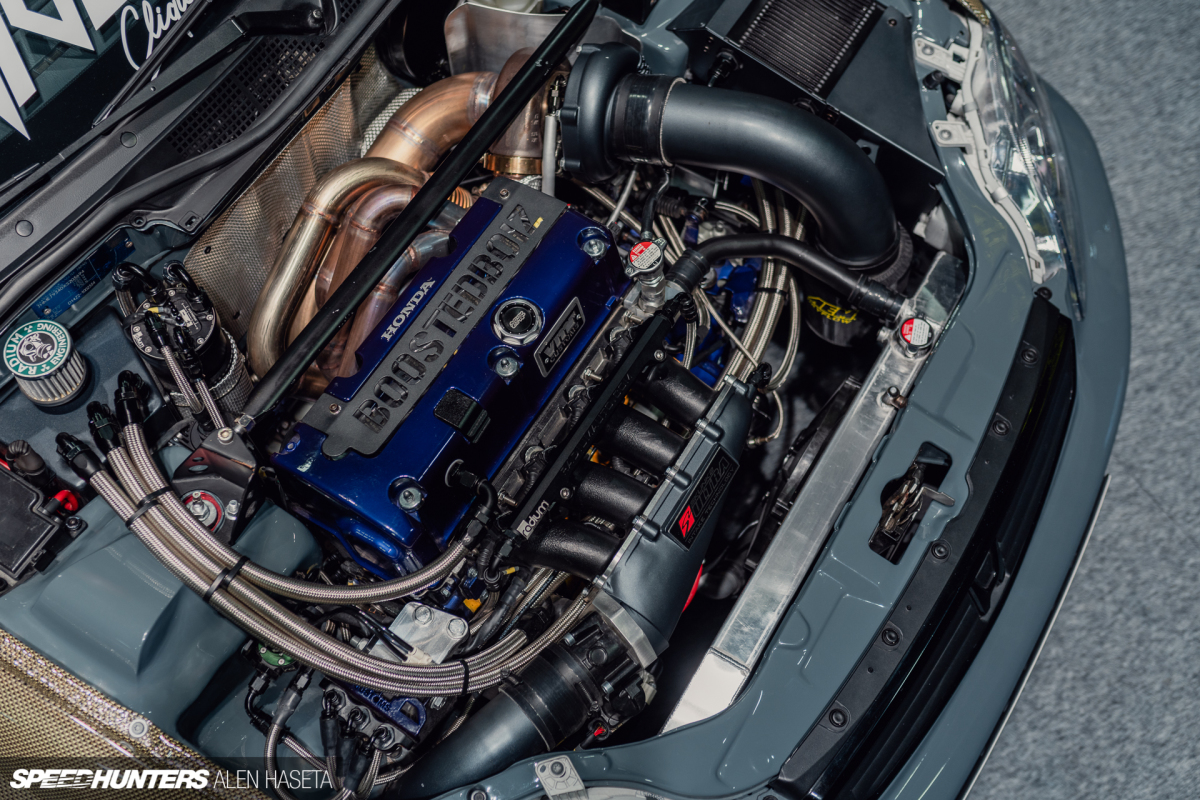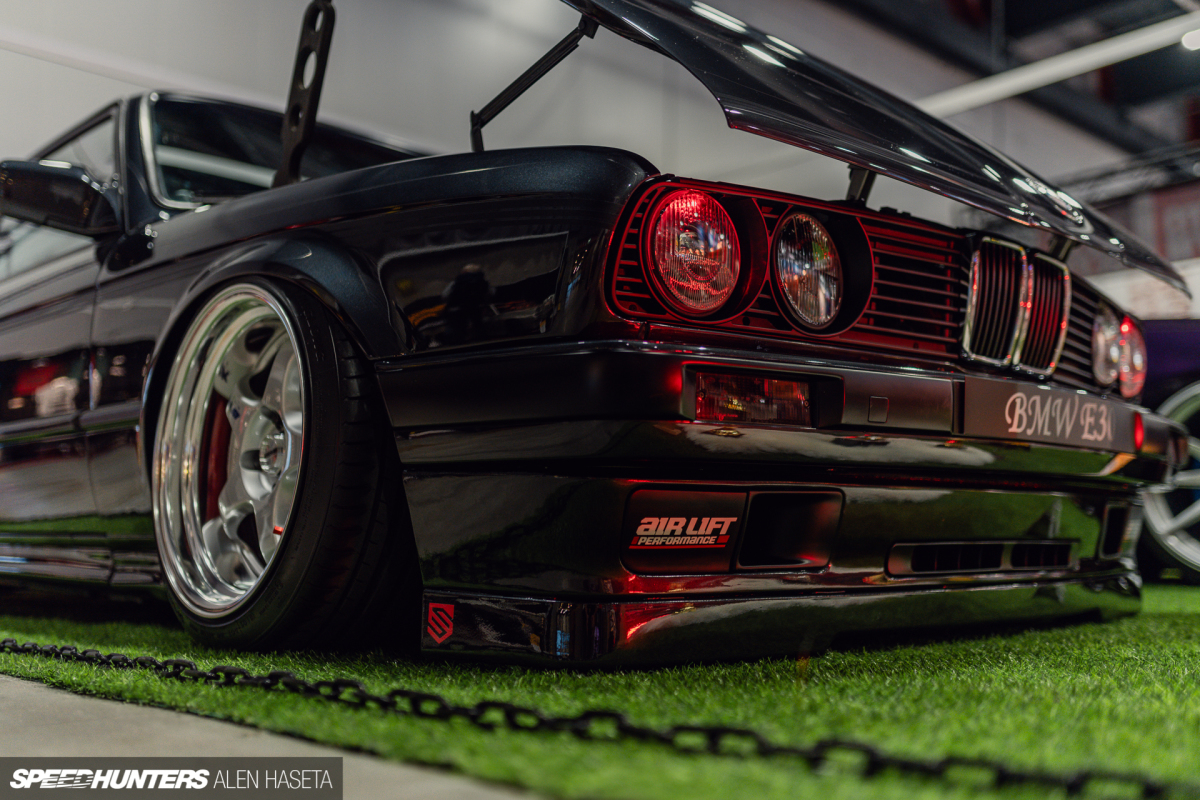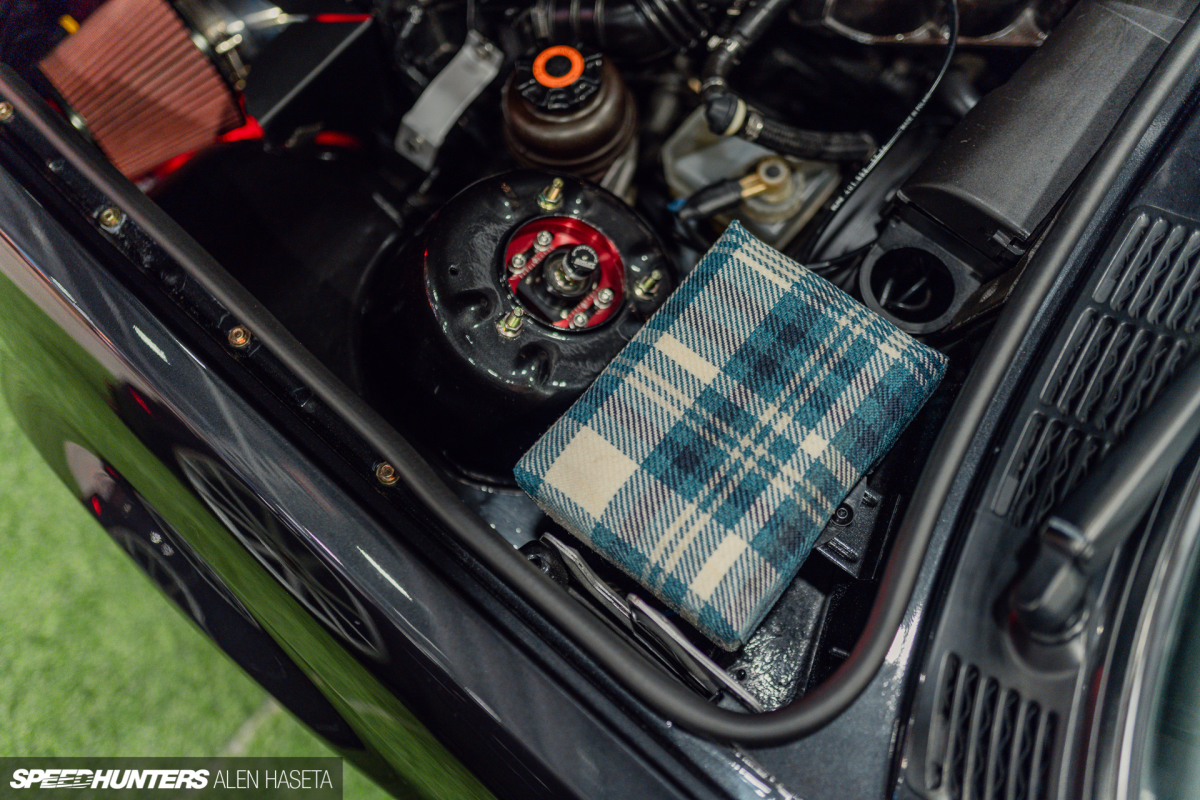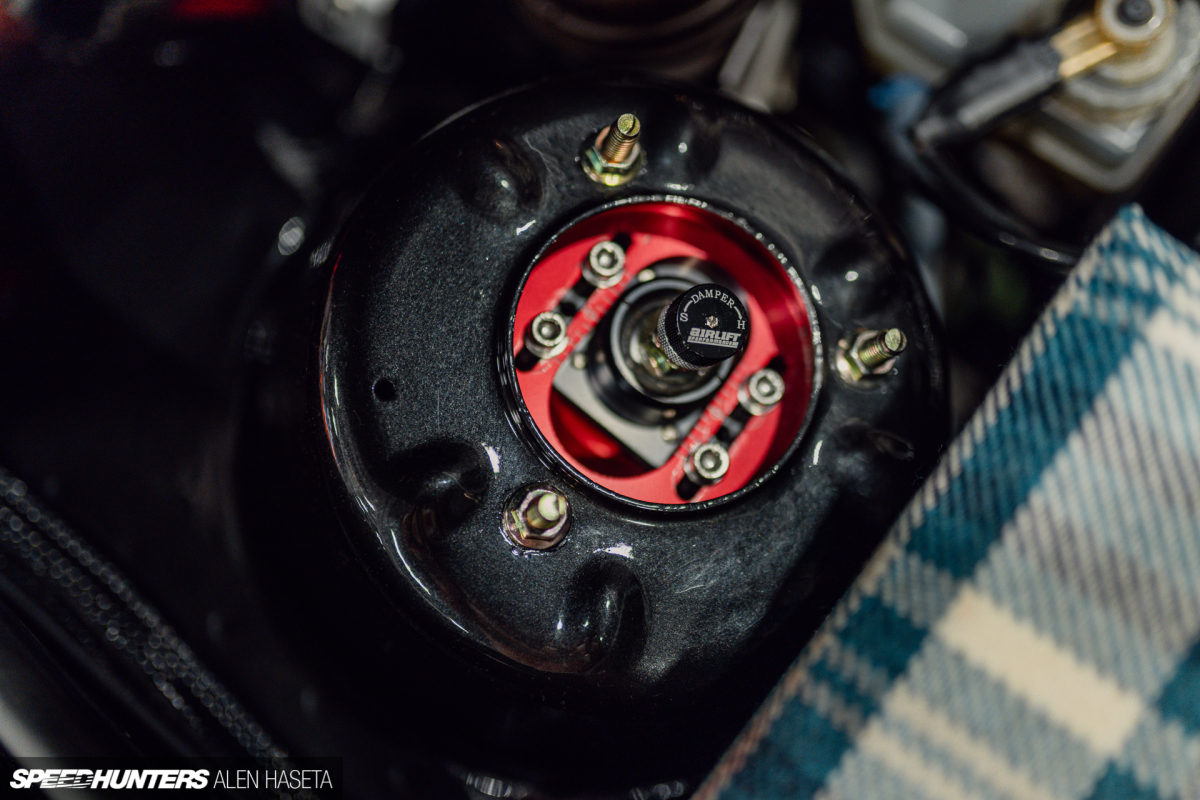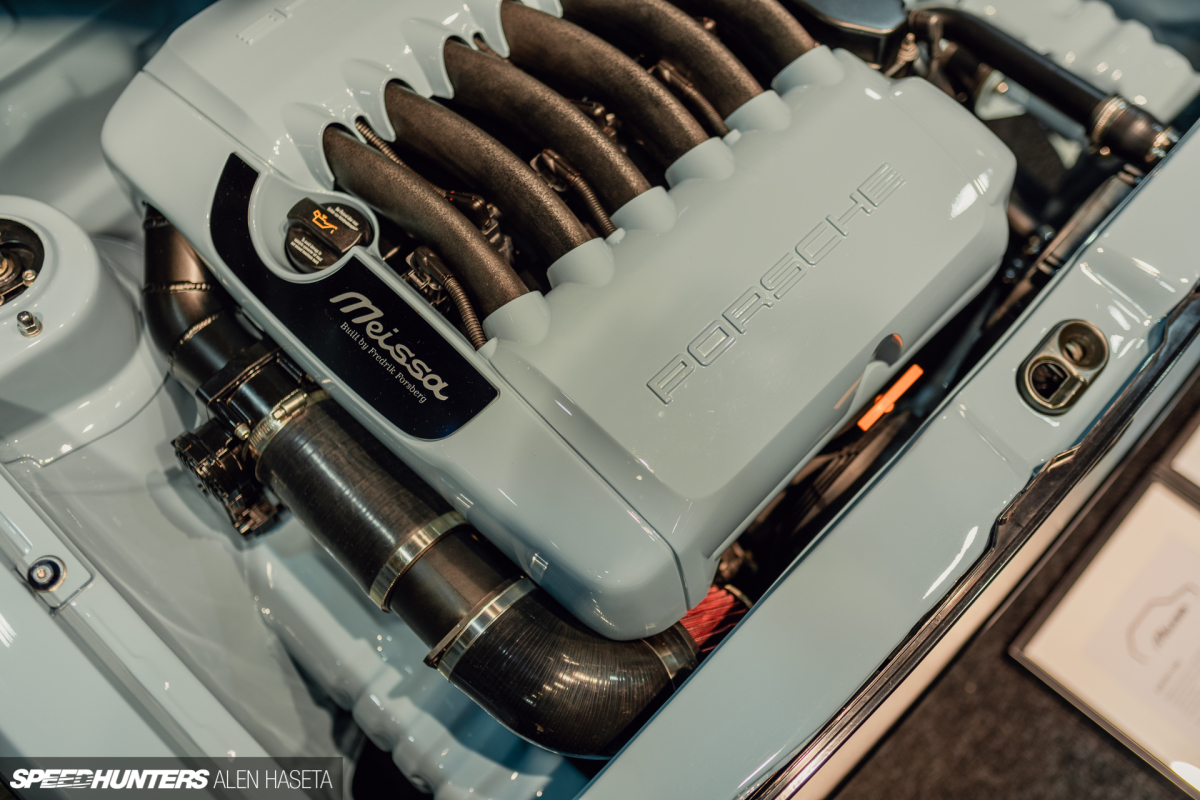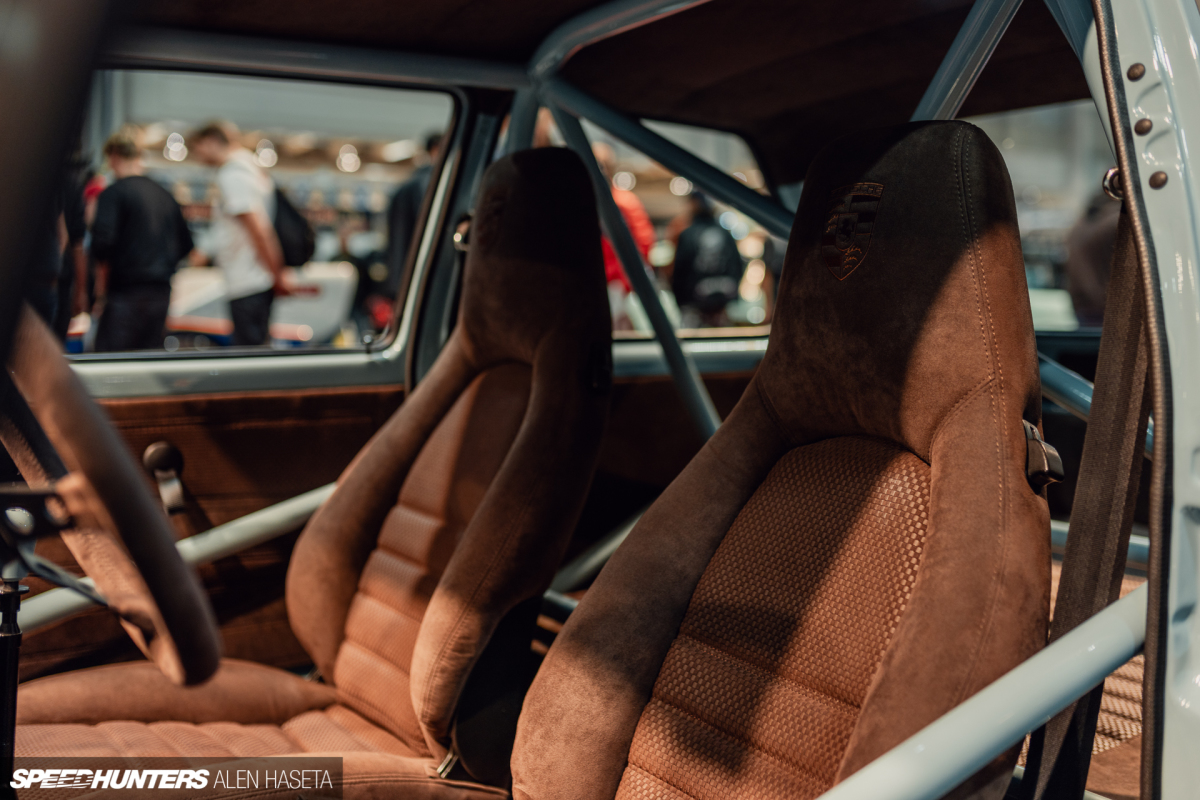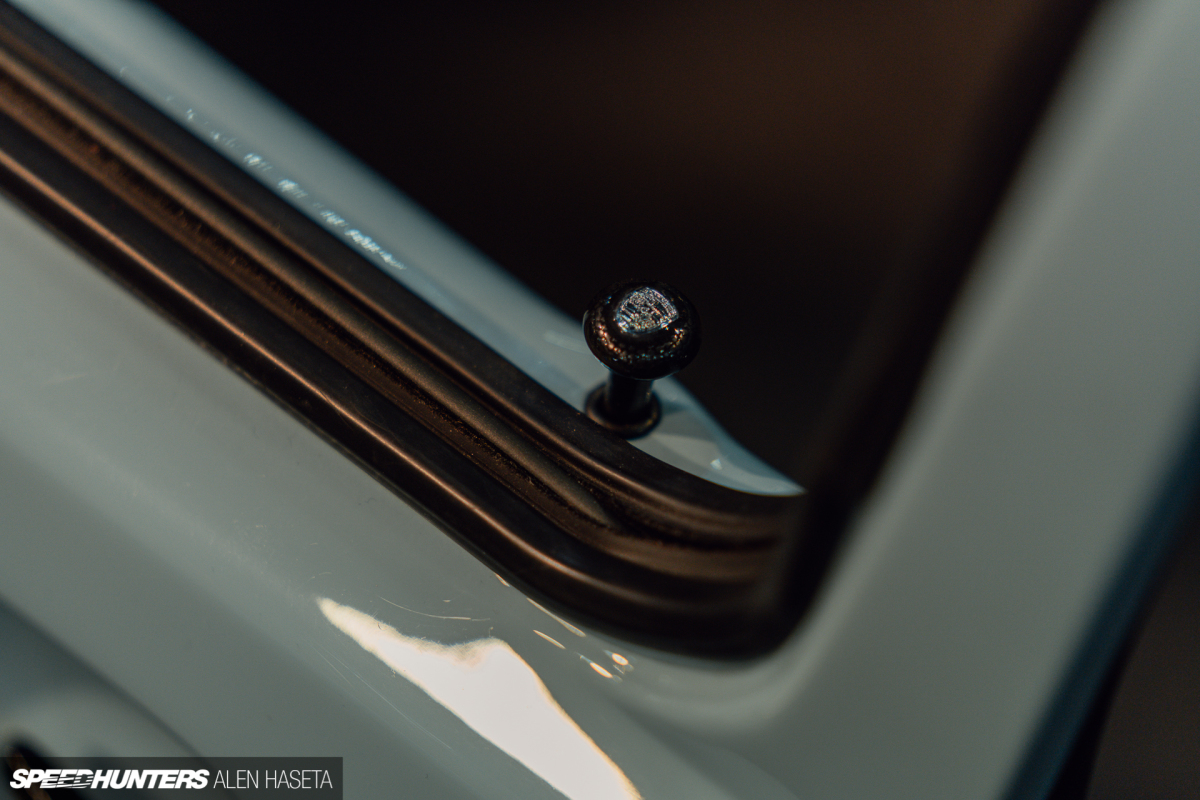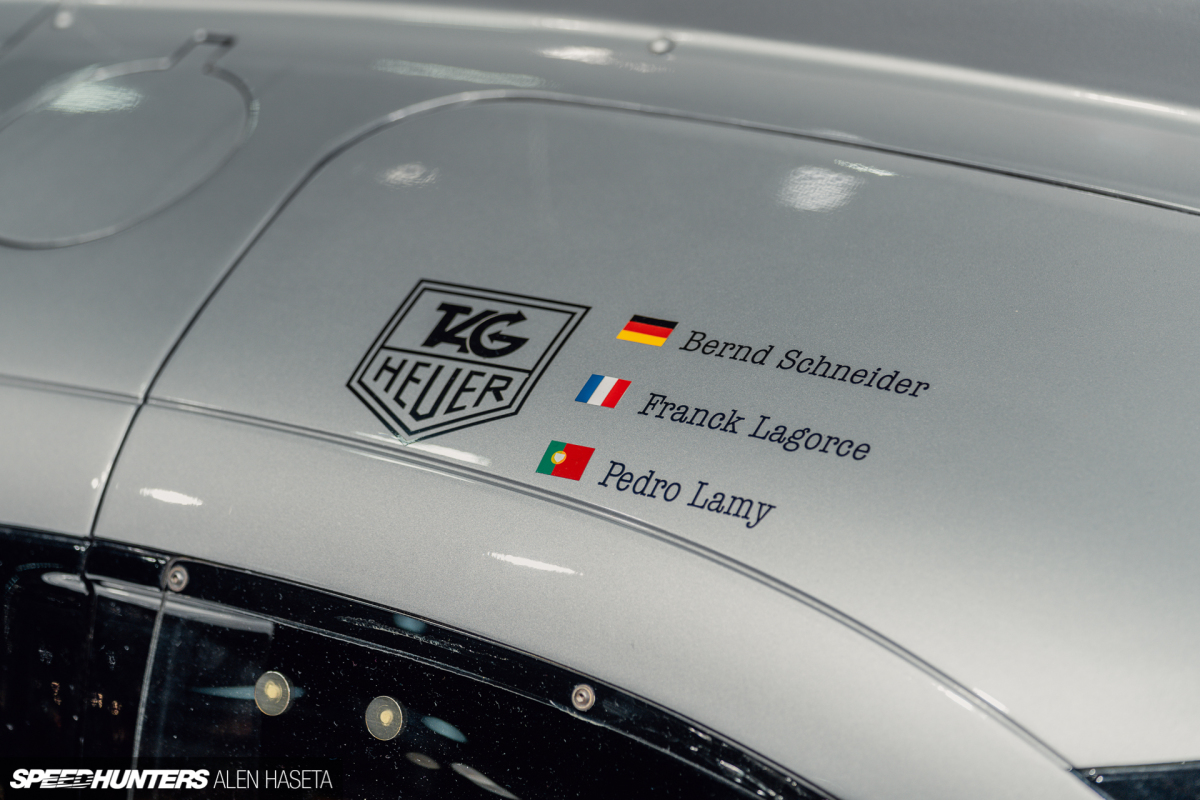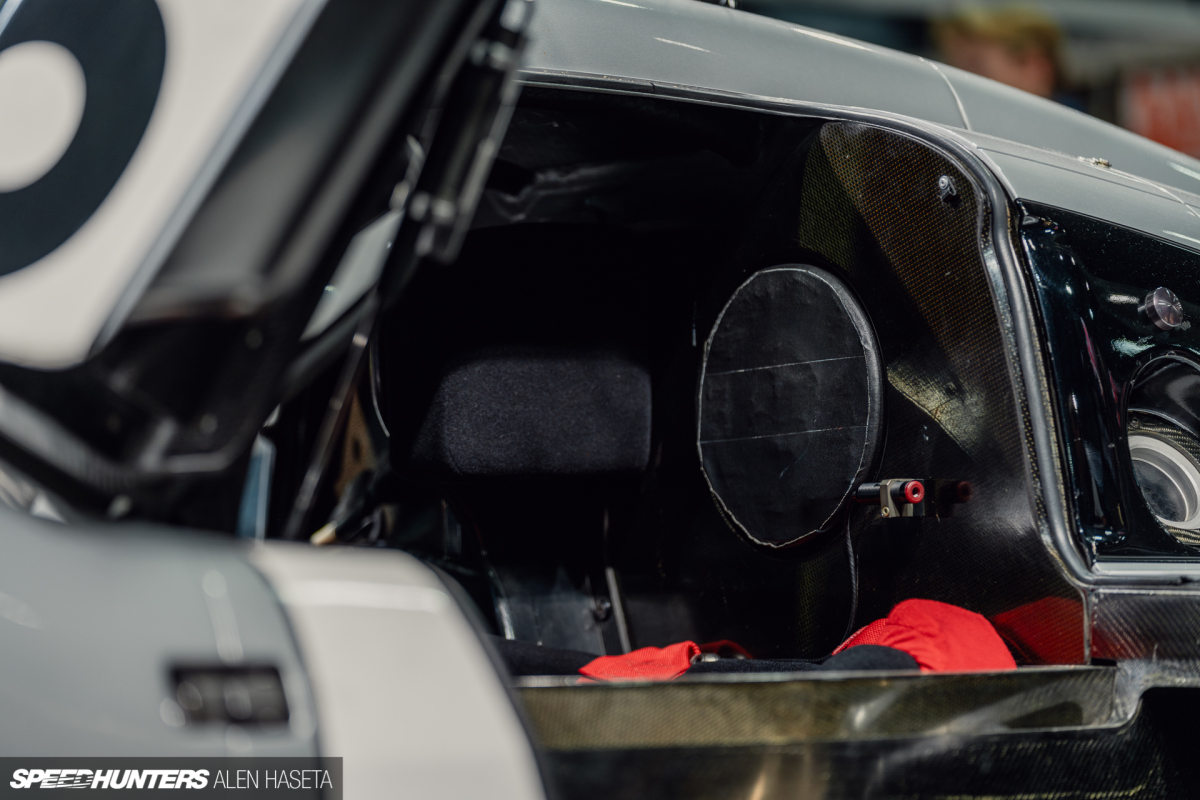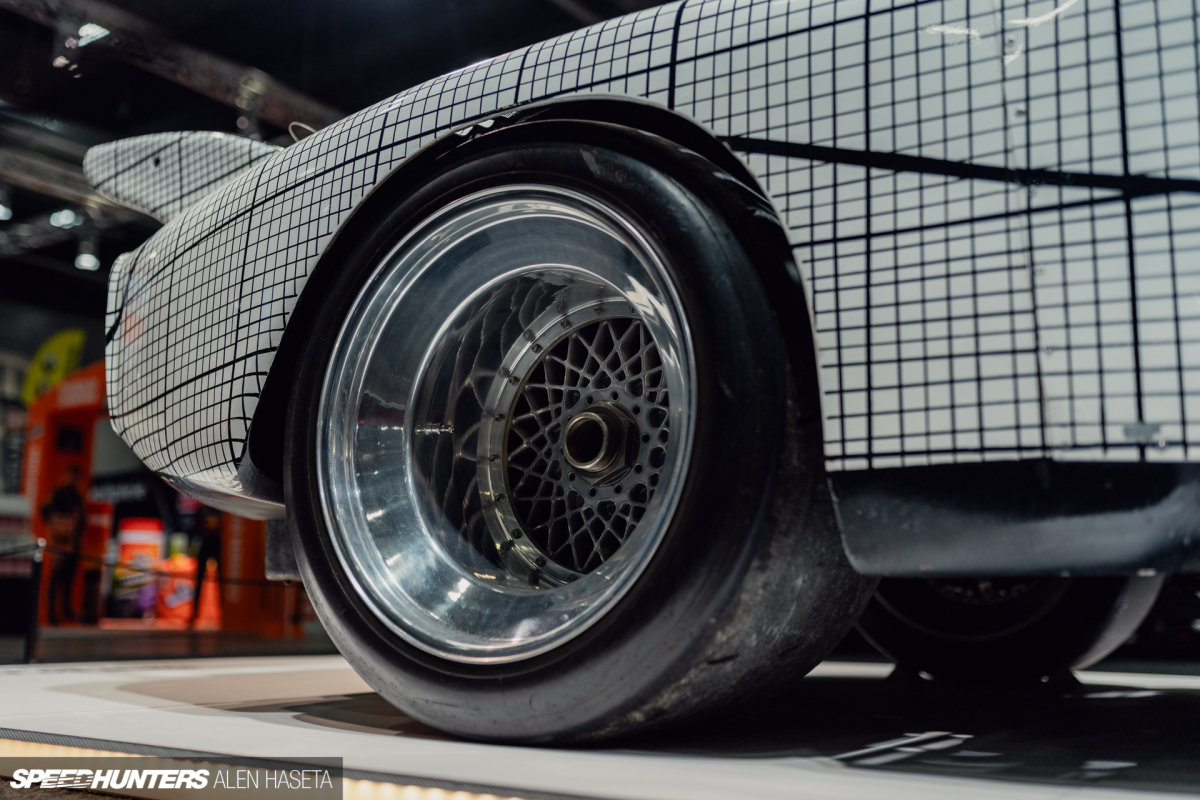For Scandinavian car enthusiasts, October typically signals three things: time to tuck away summer rides until the roads are clear again in about six months, anticipation for SEMA coverage, and, most importantly, the Oslo Motor Show.
Held at the Nova Spektrum convention center in Lillestrøm, Norway, this annual event showcases the finest automotive builds from Scandinavia before the long winter sets in.
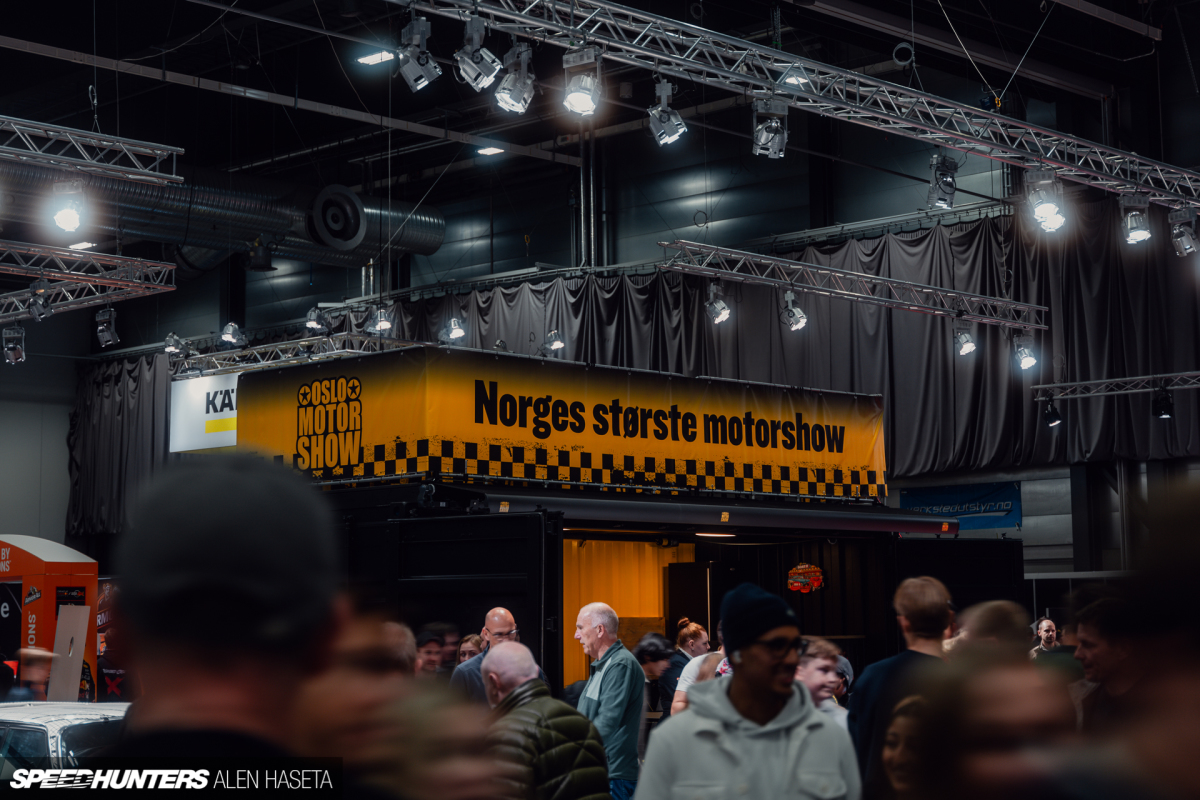

I look forward to this show for several reasons. While smaller than the Elmia Custom Car Show in Sweden, the Oslo Motor Show consistently features remarkable vehicles. Here are my favorites from this year’s exhibition…
Viktor Mårtensson’s 1999 Honda Civic EJ9

Let’s start with a familiar face. Long-time Speedhunters readers may remember Viktor Mårtensson‘s internet-breaking build from 2013.

His incredible 1JZ-swapped Volkswagen Caddy was unlike anything seen before, leaving Paddy speechless the first time he saw it. For this latest build, Viktor has taken a more understated approach with his all-wheel-drive ’99 Honda Civic EJ9, designed for street performance.

The exterior has been neatly customized with carbon/Kevlar-skinned front fenders, roof, and trunk. Complementing these are custom aluminum side spats and steel rear fenders.
Tein coilovers set the stance, while Work Meister S1 wheels – 16×8.5-inch all around and fitted with stretched tires – pull the whole look together.

Inside, Viktor has taken a minimalistic approach. While his past builds featured full custom interiors, this one is simpler, with just a pair of Bride Low Max seats, a Honda CR-V shifter, and a Luisi steering wheel.
The true highlight, however, is under the hood…

Originally fitted with a 1.5L D15Z3 SOHC VTEC-E engine good for 90hp, the Civic now boasts a fully built 2.0L K20A2 DOHC iVTEC mill producing more than four and a half times that, married to an all-wheel-drive Honda CR-V driveline.

Viktor’s vision was to create a high-revving four-cylinder – with boost. Reliability was key, something reflected in the quality parts through the engine build, including the single Garrett G30-770 turbocharger, paired with a custom exhaust manifold and a 50mm Turbosmart wastegate.
Bosch 1,300cc injectors ensure optimal fuel delivery, supported by a Radium fuel rail and pressure regulator. The engine, complete with a Skunk2 intake manifold, VAG ignition coils, and a custom wiring harness, was crafted by Viktor in his home garage.

With 415hp on tap and the power being put down through all four wheels, this little Honda is living its best life.
Per Christian’s 1989 BMW E30 325i

From one stance build to another, this BMW E30, built by Per Christian from Norway, immediately caught my eye.
While the exterior maintains a clean, minimalist aesthetic enhanced by Air Lift Performance air suspension and Work Meister S1R split wheels, it was the interior that really piqued my interest.

Per drew inspiration from interiors of the 1980s for his custom plaid interior.

The doors, front and rear seats, and parts of the center console are upholstered in Italian red Alcantara, complemented by the plaid fabric, which Per sourced from Portugal.

The trunk houses a single 10-inch Focal subwoofer, a 300W monoblock amplifier, and two Streetec Comp2 Evo air compressors for the air ride, all neatly integrated.

Up front, the same plaid fabric adorns certain engine components, though these are for show only and are removed when Per drives the car. The M20B25 engine has undergone a major refresh, making everything in the bay look new.

While custom interiors aren’t all that common in Scandinavian car culture, a select few fully embrace this artistic approach, Per being one of them.
Fredrik Forsberg’s 1982 Volkswagen Golf Mk1
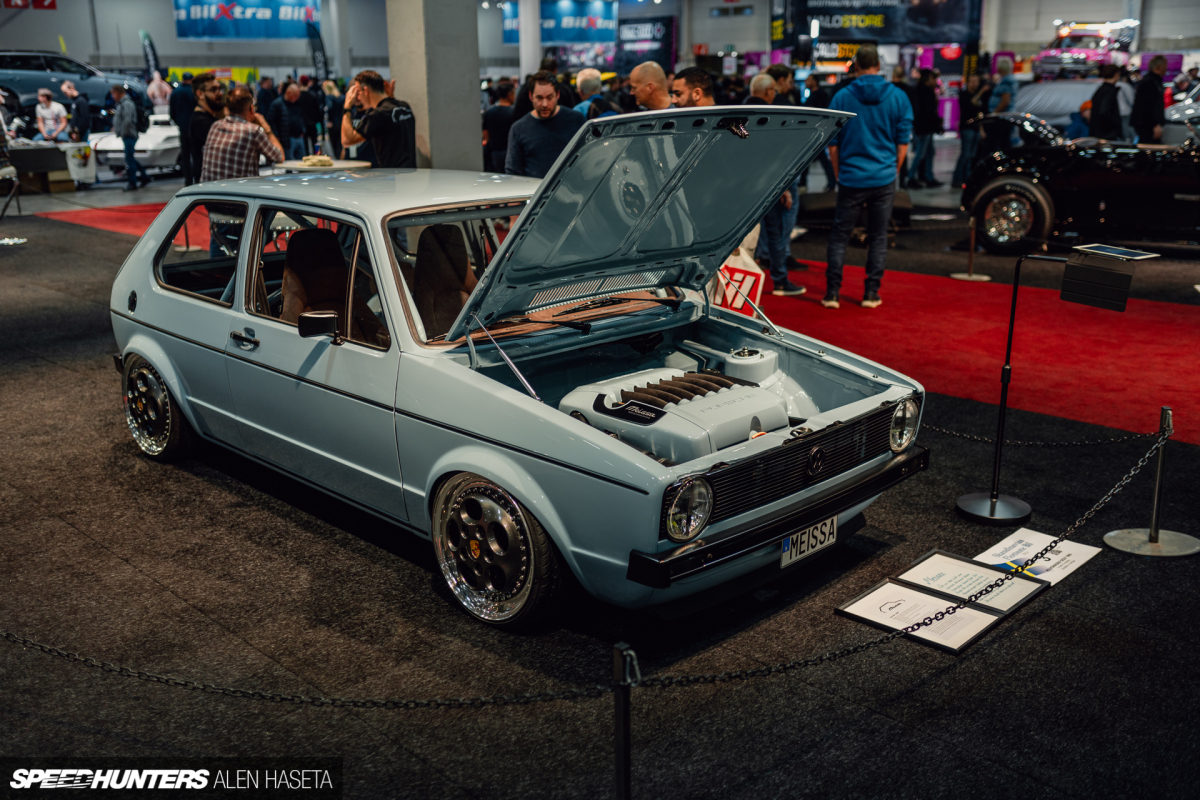
I’ll admit, I didn’t fully appreciate this car when I first saw it at the Custom Motor Show (aka Elmia) earlier this year.

I decided to dig deeper, and I’m glad I did. Fredrik Forsberg’s Volkswagen Golf Mk1 – equipped with Air Lift Performance air suspension – is a masterclass in execution.

The shaved engine bay is home to a 3.2L Porsche Cayenne inline-six engine, generating approximately 270hp. Power is transmitted to the wheels through a Volkswagen Golf Mk3 VR6 02A CCM 5-speed gearbox, enhanced by a Peloquin limited-slip differential.

The main custom work can be seen in the interior, which features a redesigned dashboard with handmade extensions and a Porsche 911 instrument cluster. The seats came from a Porsche 944, reupholstered in handmade woven Alcantara and leather. Gear changes are made through a CAE short shifter, and the steering wheel is from Momo. The door panels, carpets, headliner, and trunk also showcase similar meticulous craftsmanship, and beneath it all, Fredrik installed Silent Coat sound deadening.

On the exterior, Fredrik went for a clean, minimalist look, highlighted by a striking color. The ‘Meissa’ branding in the engine bay references the Porsche 356 Meissen Blue paint.

There are numerous Porsche details throughout, including custom-made 944 Teledial wheels, 996 Carrera 4-piston calipers paired with 305mm discs in the front, and Porsche door handles with engraved locks.
I’m glad I took a second look at this car, as it quickly became one of my favorites of the event.
1999 Mercedes-Benz CLR

If you were to ask me to define an automotive masterpiece, this would be it: the Silver Arrow crafted to secure victory for Mercedes-Benz at Le Mans.

The CLR’s aerodynamic silhouette is inspired by the CLK LM, which dominated the 1998 FIA GT championship. It’s hard not to admire the intricate details of what was meant to be Mercedes-Benz’s next racing champion. But sadly, the CLR never finished a race.

This car was one of three entries for the 1999 Le Mans race at Circuit de la Sarthe, and notably, it was the only one that didn’t take flight during the event.

The #4 car, driven by Mark Webber, went airborne twice: once in qualifying and again during the warm-up.

During the race, the second CLR, #5, driven by Peter Dumbreck, launched skyward at 200mph (322km/h), soaring 50ft (15m) before flipping multiple times. Remarkably, both drivers survived their incidents with only minor injuries.

The third car – this one – was withdrawn before the race, leading to the end of the CLR racing program and prompting the FIA to revise regulations for future Le Mans events.

As I circled this incredible machine, I couldn’t help but wonder what the racing landscape would be like if Mercedes-Benz had succeeded with the CLR. Would motorsport have taken a different path?

This CLR now resides at the Nationales Automuseum The Loch Collection in Dietzhölztal, Germany, but if you’re lucky, you might spot it at a car show, just as I did.
1976 BMW 3.0 CSL By Frank Stella

What are the BMW Art Cars? Initiated in the late 1970s by French race car driver Hervé Poulain, the idea was to merge race car culture with contemporary art. The result? Twenty unique cars, each painted by a renowned artist, with Frank Stella’s contribution on the 1976 Group 5 BMW 3.0 CSL being one of the most iconic.

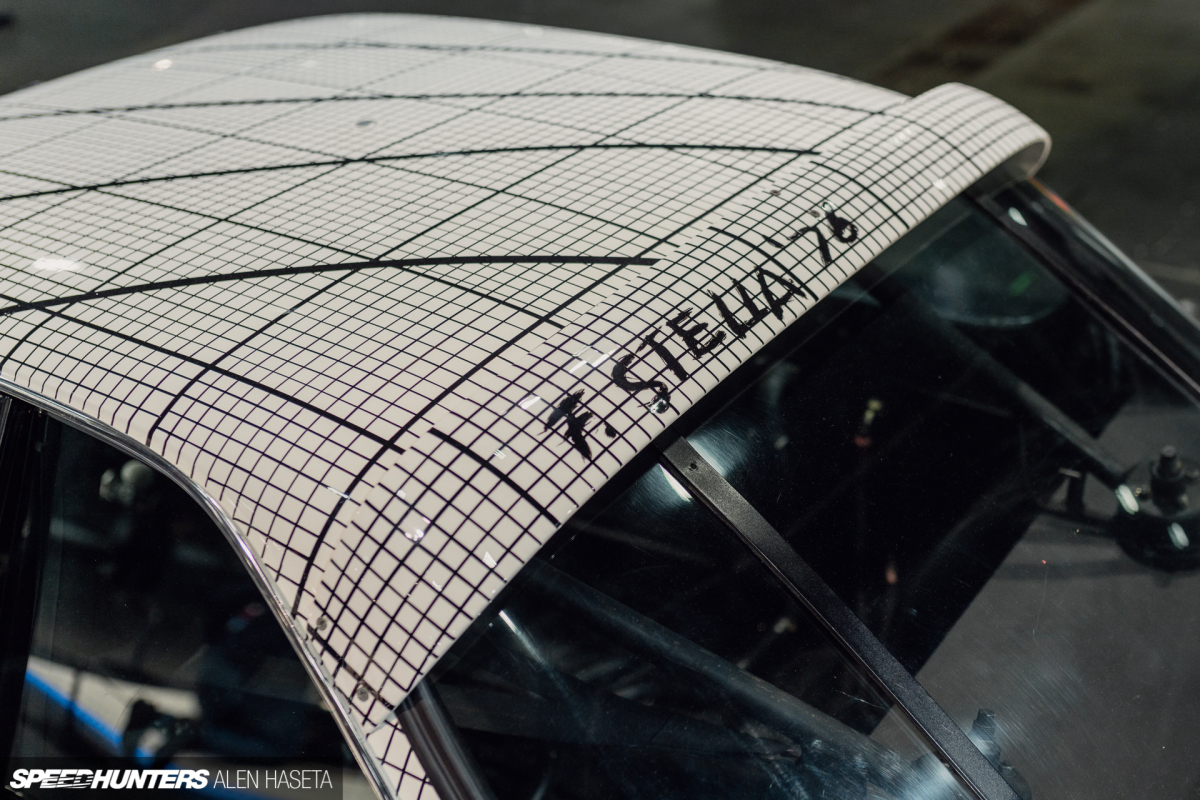
Every inch of the car’s body is covered in a black-and-white square grid pattern, accentuating its curves and contours.

This design distinguishes it from other BMW Art Cars, which often feature vibrant colors and abstract shapes, opting instead for a distinctive minimalist approach.


The car wasn’t just for looks; it was equipped with a turbocharged six-cylinder inline engine producing 750hp, capable of reaching speeds up to 341km/h (211mph). It competed in the 1976 24 Hours of Le Mans but unfortunately had to retire due to an oil issue.

Since the first Art Cars, this initiative has become a celebrated tradition for BMW, blending performance and artistry to demonstrate that vehicles can be more than just machines – they can also be canvases for creative expression.
The same can be said for the remarkable cars I’ve highlighted here.
Alen Haseta
Instagram: hazetaa
